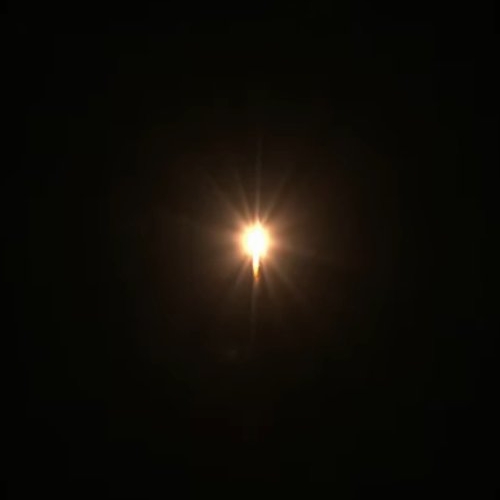In a white paper [pdf] submitted to the committee presently writing the next decadal survey for NASA’s planetary science program, a large group of well-recognized planetary scientists essentially pleads with NASA to recognize the gigantic possibilities created by SpaceX’s Starship spacecraft for future manned and unmanned exploration, and rethink its management style.
The capabilities of the Starship vehicle to transport unprecedented quantities of cargo and crew to the lunar and Martian surface will require a new support structure within NASA to enable the NASA planetary science community to participate and provide payloads for these flights. SpaceX envisions an accelerated schedule for flights, but NASA’s traditional schedule for selecting and flying planetary payloads is not necessarily consistent with this timeline.
For example, SpaceX is aggressively developing Starship for initial orbital flights, after which they intend to fly uncrewed flights to the Moon and conduct initial test flights to Mars at the earliest Mars mission opportunity, potentially as soon as 2022, or failing that in the 2024 window. Since the launch window is significantly less restricted for the Moon, it is likely that the first Starship landings will be on the lunar surface. (Even in the case of a first Starship launch to Mars, during its six-month trip to the Red Planet it would be feasible to send a Starship to land on the lunar surface prior to the Mars landing).
In order to take advantage of these opportunities, a new funding program within NASA is needed to provide the opportunity for members of the community (within and outside of NASA) to fly robotic payloads on these flights. … In order to be successful given the flight schedule for SpaceX missions, this funding program must be nimble enough to select proposals for funding and make grants within just a few months after proposal submission.
In other words, NASA’s way of doing things when it comes to planetary exploration is simply too slow and cumbersome to take full advantage of Starship’s capabilities.
I found this white paper through this article at Teslarati, which focuses more on what SpaceX plans to do in its manned planetary exploration using Starship. The paper however is less about what SpaceX will do and more about the need for NASA and the planetary community that has depended on the agency for decades to undergo a paradigm shift. With Starship, missions to the Moon and Mars will no longer be very constrained in terms of weight. Nor will launch schedules be slow and far between. Rather than plan a few billion dollar NASA unmanned missions taking a decade to plan and launch, using Starship NASA could have many planetary missions launching fast and for relatively little cost, with far greater capabilities.
The scientists recognize this, and wrote their paper in an effort to make NASA’s hide-bound management recognize it as well.
What I suspect is going to happen is that the scientists will eventually bypass NASA entirely. Because of the lowered cost provided by Starship, they will find other funding sources, many private, to finance planetary missions. Those other sources will also be much more capable than NASA for reacting quickly to Starship’s fast timetable and gigantic capabilities.
Things are going to get really really exciting in the next few years.

